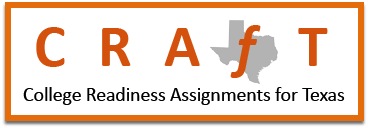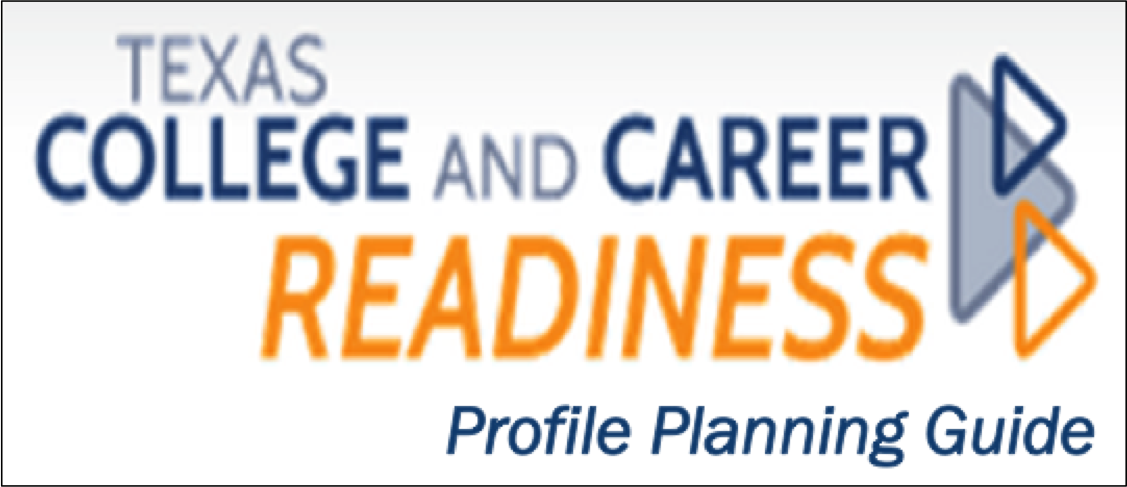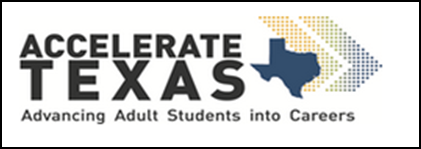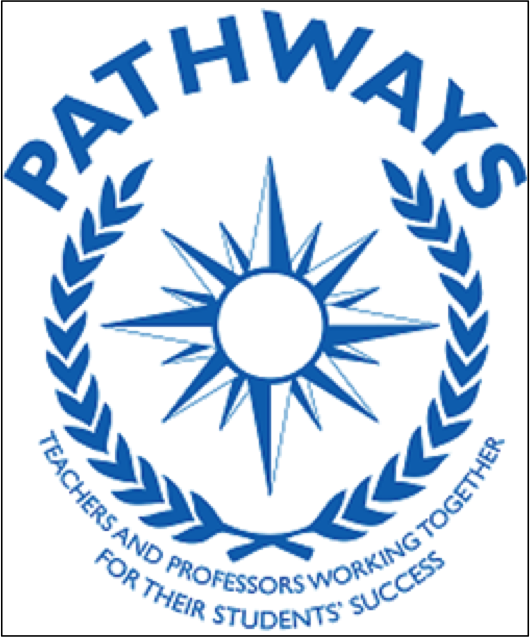II. Foundational Skills
A. Reading across the curriculum
1. Use effective prereading strategies.
a. Use the title, knowledge of the author, and place of publication to make predictions about a text.
b. Use a table of contents to preview a text and understand its design.
c. Scan headline sections or other division markers, graphics, or sidebars to form an overview of a text.
2. Use a variety of strategies to understand the meanings of new words.
a. Use context clues, including definitions, examples, comparison, contrast, cause and effect, and details provided in surrounding text.
b. Consult references (e.g., dictionary, thesaurus) effectively.
c. Understand notation specific to discipline (e.g., mathematical notation, scientific symbols).
3. Identify the intended purpose and audience of the text.
a. Predict purpose and audience of a text based on the title, preface, and other features of a text.
b. Explain how the language of an effective text targets an intended audience.
c. Explain the importance of a technical and/or scientific article.
4. Identify the key information and supporting details.
a. Outline a chapter of an informational text.
b. Summarize the major points in a text, and use graphic organizers (e.g., concept maps, diagrams) to organize ideas and concepts in a visual manner.
c. Analyze connections between major and minor ideas.
d. Identify and define key terminology from technical and/or scientific documents.
5. Analyze textual information critically.
a. Identify faulty premises in an argument.
b. Identify stated and implied assumptions.
c. Identify conclusions unsupported by sufficient evidence in informational texts.
d. Use inductive and deductive reasoning.
e. Draw conclusions based on evidence, support, or data through logical reasoning.
f. Compare a primary source and an interpretation in a textbook.
6. Annotate, summarize, paraphrase, and outline texts when appropriate.
a. Outline an informational or literary text.
b. Annotate text for comprehension and analysis.
c. Summarize an article to demonstrate comprehension.
d. Paraphrase a writer’s ideas or findings.
7. Adapt reading strategies according to structure of texts.
a. Identify a variety of textual forms and genres (e.g., long and short texts) and adapt reading strategies accordingly.
b. List strategies to use during reading, including:
• Anticipate and predict what information the text is
likely to contain.
• Monitor understanding by self-questioning.
• Use strategies (e.g., mental imagery,
paraphrasing, information in glossaries) to
re-examine the text if comprehension fails.
• Reread difficult passages.
• Read ahead for additional clarification.
• Seek assistance for clarification.
• Self-monitor and summarize the information
gained.
c. Explain how form or genre communicates meaning.
8. Connect reading to historical and current events and personal interest.
a. Locate an article or source that relates to a class topic and explain the relevance.
B. Writing across the curriculum
1. Write clearly and coherently using standard writing conventions.
a. Prepare a topic proposal that specifies a purpose and justifies the choice of audience to achieve that purpose. b. Craft a thesis statement that articulates a position and list relevant evidence and examples in logical groupings.
c. Use symbols, diagrams, graphs, and words to communicate ideas.
d. Use appropriate terminology and data expression to communicate information in a concise manner.
e. Use a variety of reference guides for citation conventions, grammar, mechanics, and punctuation.
2. Write in a variety of forms for various audiences and purposes.
a. Present an argument supported by relevant evidence, examples, and counterarguments.
b. Prepare a summary or abstract of a journal article or report, extracting in brief form the pertinent information.
c. Evaluate articles by analyzing the study design, data source, graphical representation of data, and analyzed data results reported (or not reported).
d. Write a reflection about the process selected to conduct research or solve a problem.
e. Write accurate and understandable lab reports and technical documents.
3. Compose and revise drafts.
a. Submit a writing assignment to be proofread by a teacher, parent, or other student. Revise the paper, incorporating constructive criticism when appropriate.
b. Edit text for correct spelling, capitalization, and punctuation.
c. Edit for appropriate tense and voice.
d. Edit for correct word use.
e. Use a variety of reference guides for citation conventions, grammar, mechanics, and punctuation.
f. Submit a final draft that is easily read and has few or no grammatical or spelling errors.
C. Research across the curriculum
1. Understand which topics or questions are to be investigated.
a. Formulate research questions.
b. Use strategies like those in the writing process to generate questions and areas to pursue.
c. Consult previous studies or conduct interviews with experts to identify questions central to a research topic.
d. Propose explicit, testable hypotheses, using the “if ..., then ...” format.
2. Explore a research topic.
a. Produce an annotated list of sources consulted, differentiating among primary, secondary, and other sources and explain their relevance to the research topic.
b. Outline the most significant controversies or questions on a research topic.
c. Plan an investigative study.
d. Explain reasons for valid competing points of view on a given topic.
3. Refine research topic based on preliminary research and devise a timeline for completing work.
a. Gather information from a variety of relevant sources.
b. Use general and specialized reference works and databases to locate sources.
c. Locate electronic sources, when appropriate, using advanced search strategies.
d. Select an appropriate range of source materials.
e. Analyze a wide range of sources, including technical texts, primary and secondary sources, conflicting points of view, and interdisciplinary research when appropriate.
f. Design and carry out hands-on experimental investigations, choosing appropriate apparatuses, identifying controls and variables, tentatively predicting the outcome of the procedures, and evaluating whether actual results agree with predicted results.
g. Use numerical and mathematical tools such as software, including databases, spreadsheets, and other tools, in investigations and explanations.
4. Evaluate the validity and reliability of sources.
a. State explicitly characteristics or identifying features that indicate accuracy or reliability of sources, to determine whether sources are biased, incomplete, or otherwise unreliable.
b. Follow a set of criteria to determine the validity and reliability of sources.
c. Identify claims found in one or more of the sources that require support or verification, and evaluate the information’s validity.
d. Evaluate the data presented in graphics, tables, charts, and maps when appropriate to the topic.
5. Synthesize and organize information effectively.
a. Select quotations and evidence that support the thesis.
b. Determine what evidence best supports conclusions.
c. Use well-organized strategies to collect and organize information gathered.
d. Determine the best order for presenting evidence that supports conclusions.
6. Design and present an effective product.
a. Determine the best order for presenting major and minor points.
b. Design a report using features such as headings and graphics appropriate to the writing task.
c. Use a citation system specified by or appropriate to the assignment.
7. Integrate source material.
a. Integrate source material into text by a combination of accurately summarizing, paraphrasing, and quoting.
b. Balance use of source material with relevant explanations.
c. Use source material ethically.
d. Understand and avoid all types of plagiarism.
8. Present final product.
a. Use appropriate media for presentation of research results.
b. Document sources using a standard format appropriate to the subject area.
D. Use of data
1. Identify patterns or departures from patterns among data.
a. Identify patterns from multiple representations of data such as graphical and tabular forms.
b. Review current news events and evaluate possible connections (e.g., linking economic data with political events).
2. Use statistical and probabilistic skills necessary for planning an investigation and collecting, analyzing, and interpreting data.
a. Create representations of data (e.g., data tables, correctly labeled and scaled graphs, narrative descriptions).
b. Evaluate a given published report for missing information and misuse of data.
3. Present analyzed data and communicate findings in a variety of formats.
a. Compose a written document detailing a research project.
b. Use appropriate visuals and statistical results to convey findings to a specified audience.
E. Technology
1. Use technology to gather information.
a. Use the Internet or other appropriate technologies to post survey questions on an assigned topic.
b. Use devices to measure physical properties.
c. Use online databases to access scholarly work on an assigned research topic.
2. Use technology to organize, manage, and analyze information.
a. Use data analysis software to analyze survey results.
b. Use spreadsheets to manage and organize statistical data.
3. Use technology to communicate and display findings in a clear and coherent manner.
a. Create spreadsheets and graphs to communicate findings in a presentation that includes graphics, visuals, or other supporting images.
b. Utilize technology to present information and/or data in a variety of ways.
4. Use technology appropriately.
a. Explain how technology is a useful and effective tool to communicate findings.
b. Identify when technology may not be necessary or appropriate to communicate findings.
c. Formulate strategies to communicate findings with and without technology.


 Show Printable Version
Show Printable Version




